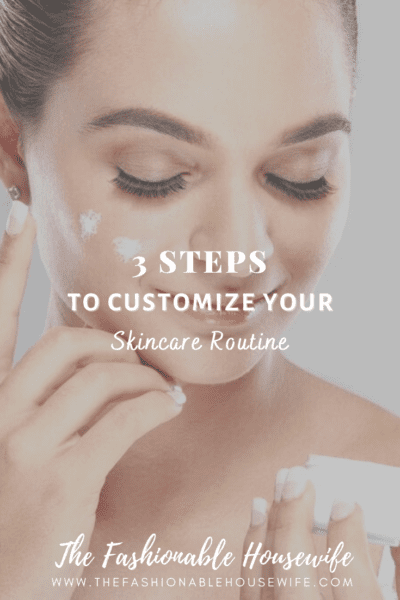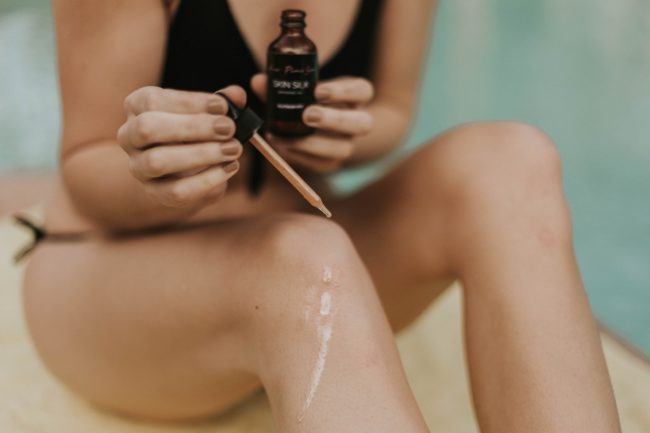
The average woman will spend thousands of dollars on makeup in her lifetime. While fun eye shadows and a bold lip color can complete a look, a large portion of that spending is on products designed to hide acne, even our skin tone, and cover up blemishes.
Before you buy yet another concealer or foundation, why not try treating your blemishes and other skin woes at the source?
Customizing your skincare routine can help you treat chronic conditions, give you plumper skin, and finally love the skin you’re in. But first, you need to understand your skin. Here are the three steps you need to do just that.
1. Narrow Your Skin Woes
Everyone has skin woes that they’d like to treat.
Around 85 percent of women under the age of 24 and 15 percent of women in their 30s and 40s suffer from acne, according to the American Academy of Dermatology Association. Starting in our mid-20s, most women begin worrying about when wrinkles will set in. Dryness, enlarged pores, and red, dull, or puffy skin are just a few of the other skin issues that women struggle with.
Narrowing the conditions that you’re suffering is the first step to customizing your skincare routine. Whether you suffer from one condition or several, keeping them in mind will help you choose products that target these problems like rosacea skin care, to start reversing their effects.
2. Determine Your Skin Type
Your skin woes may not be entirely random. Instead, they could be a byproduct of your skin type.
There are four main types of skin. This includes dry skin, oily skin, combination skin, and normal skin. The type of skin you have not only affects its appearance and conditions like dryness or acne, but also changes how you should care for it. For instance, a treatment that helps hydrate chronically dry skin might make oily skin even more oily. Normal skin that is already well-balanced could be tipped toward being too oily or too dry if treated with the wrong products.
Unfortunately, if you’ve been layering on skincare products, narrowing down your skin type could be a challenge. It may take laying off the products for a while to let your skin go back to its normal state. From there, you can move on to step three and start working on a better routine for your skin.

3. Build a Full Skincare Routine
Once you’ve determined your skin type and narrowed the conditions you’d like to treat, it’s time to build your perfect skincare routine.
Your routine should include several steps designed to help you get rid of makeup and clean your skin of dirt and pollutants, moisturizer to keep your skin hydrated, and targeted treatments like serums and toners to treat acne, uneven skin tone, and more.
While your cleanser and moisturizer are very important for getting clear and hydrated skin, those toners and serums are what can help give you a glowing, healthy complexion. Each complexion treatment has its own benefits. For instance, the benefits of a vitamin C based skin treatment include brighter, better-hydrated skin, less redness, and even a reduction of under-eye circles and hyperpigmentation. When combined with retinol, you also have a combo that evens your skin tone, promotes radiance, while fighting wrinkles.
Customizing Your Skincare Routine
By narrowing your skin woes, figuring out your skin type, and building a full routine that’s focused on treating your unique skin, you can clear up breakouts, even out your skin tone, and finally enjoy healthy radiant skin.



